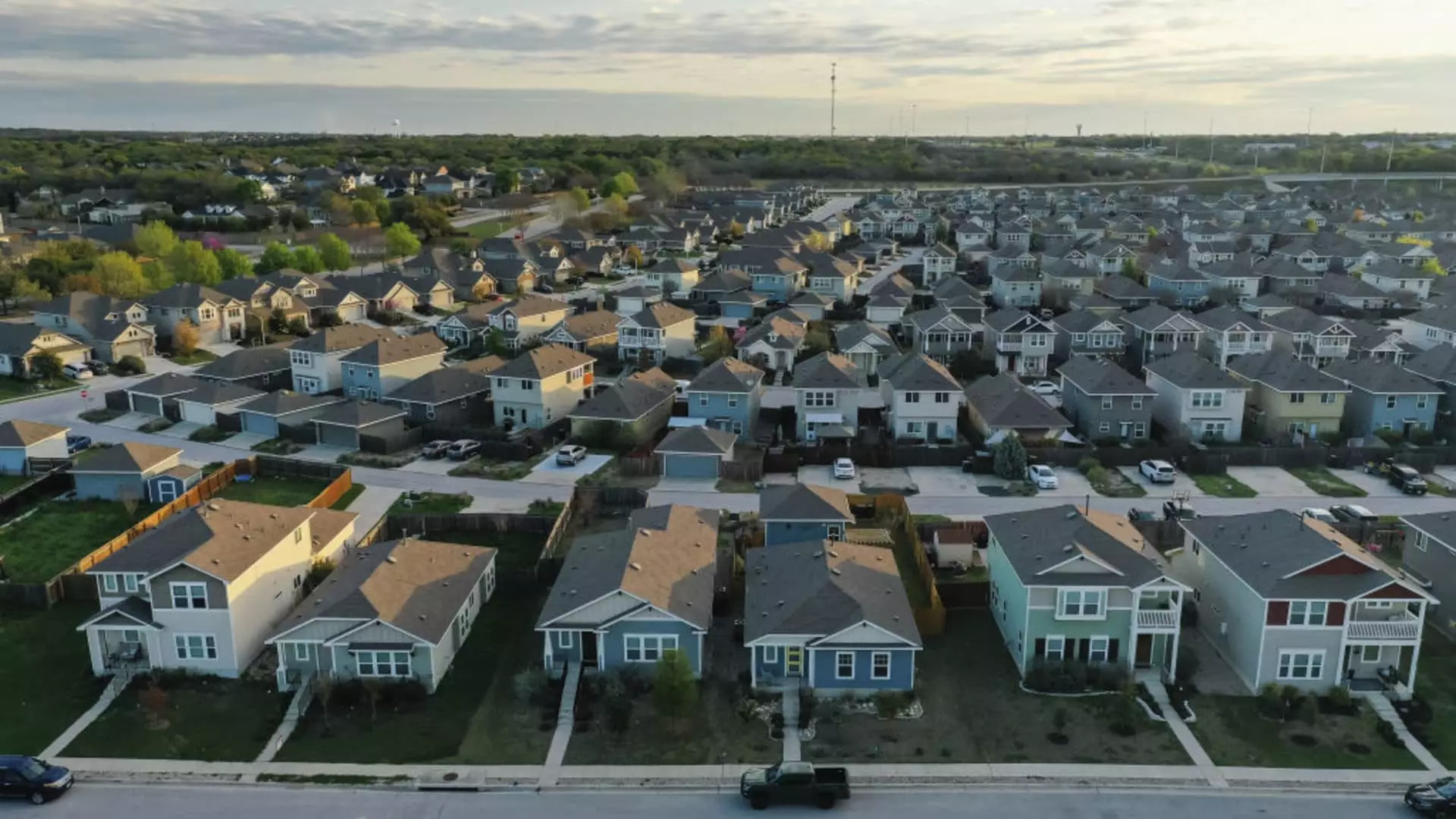Despite the consistent rise in mortgage rates, a surprising increase in mortgage demand was recorded last week. Total application volume saw an uptick of 1.7% compared to the previous week, reflecting a resilience in the housing market. This data, released by the Mortgage Bankers Association (MBA), indicates a noteworthy shift in consumer behavior. Typically, rising mortgage rates would dissuade prospective buyers; however, the latest figures suggest that a confluence of factors might have spurred buyers to act sooner rather than later.
The average contract interest rate for 30-year fixed-rate mortgages with conforming loan limits rose to 6.90%, a shift from the previous 6.86%. With points also increasing, this marks the highest rates seen since July. Notably, applications for purchasing homes increased by 2% from the prior week, although this figure still reflects a 1% decrease compared to the same timeframe last year. The clear dichotomy in the short-term and year-over-year performance points to an evolving market scenario. Conventional and FHA loans prominently influenced this increase, especially with FHA applications experiencing a notable rise of 7%.
Several factors appear to be at play shaping this unusual demand. Joel Kan, an economist at MBA, highlighted that an easing of the for-sale inventory in certain markets is providing potential buyers with more options. With a larger selection of homes available and slight reductions in FHA rates compared to conforming fixed rates, it appears buyers are finding pockets of opportunity. This emerging dynamic in inventory could fundamentally alter buyer perceptions and strategies, despite the overarching threat of rising rates.
The refinancing landscape saw a parallel increase, with applications up by 2% for the week, reflecting a staggering 43% rise from the same week last year. This sharp uptick was motivated by a significant 10% rise in VA loan applications, suggesting that veteran buyers are eager to leverage favorable conditions while they last. The convergence of these factors highlights a critical window for existing homeowners contemplating refinancing before conditions potentially worsen.
Market Reactions and Global Influences
Interestingly, mortgage rates have remained relatively stable this week, despite a turbulent global landscape. Initial rises in rates were counterbalanced by a subsequent fall triggered by geopolitical events, notably the authorization for Ukraine to employ long-range missiles in its conflict with Russia. Such developments stimulated a ‘flight to safety,’ wherein investors shifted to bonds, effectively counteracting some of the anticipated upward pressure on mortgage rates. However, this reaction underscores an overarching skepticism in the market regarding the potential escalation of nuclear rhetoric from Russia, as discussed by Matthew Graham from Mortgage News Daily. This skepticism hints at a cautious outlook among traders.
The current trends in mortgage demand present a complex portrait of the housing market, where rising rates have not universally dampened optimism. Instead, a blend of inventory dynamics and targeted loan programs may continue to stimulate interest among prospective buyers. Moving forward, market participants will need to stay attuned to both domestic economic signals and international developments, as these factors are likely to greatly influence mortgage trends in the near future.

